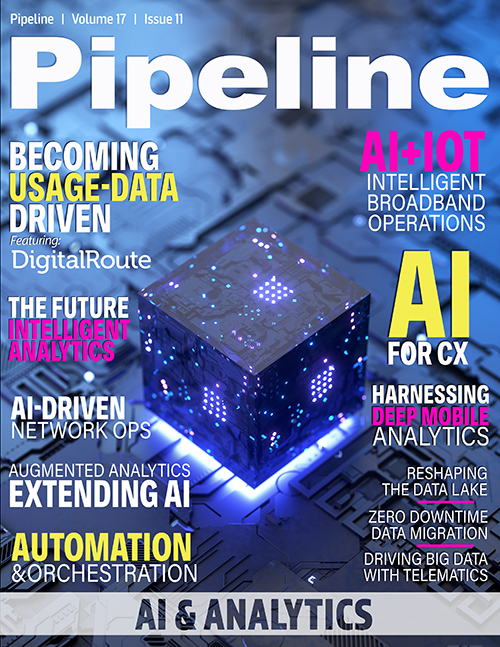Putting Telematics in the Big Data Driver's Seat
The macro level: telematics and smart city planning
Beyond day-to-day fleet management, the combined telematics data analytics and AI-powered models can also help on a more macro level, specifically for urban planning, zoning, and design changes.
A prime example of this is in helping communities plan for a better supply chain model by understanding factors such as freight bottlenecks from areas like ports to distribution centers, curbside parking issues that impact last-mile delivery, problematic corridors that cause delays, and more.While many communities are still using legacy systems for monitoring, planning and managing traffic operations, the majority of these are static and only collect traffic information in set locations.
These systems, which often rely on predictable traffic patterns based on years of ground-truth movement data, are unable to adapt to new behaviors or other circumstances. Consider changes stemming from the Covid-19 pandemic, which sparked a trend of curbside pickups and the takeover of city streets for outdoor dining. Add a continued work-from-home movement, as well as migration patterns and population shifts to this scenario, and without a detailed understanding of these changes, traffic engineers and signal operations are ill-equipped to make the necessary adjustments to their traffic infrastructure. Without a source of probe-based transportation data and aggregated connected vehicle insights, it is difficult for communities to make informed decisions on how to improve traffic based on real-world driving characteristics.
Because telematics can provide important data insights about traffic patterns, including corridor travel time, corridor stop propensity, average stop times per intersection per time of day, and other variables, it is the undercurrent for modern smart city planning. Combined with machine learning techniques, telematics can help generate insights that were not possible before. This includes providing a more versatile and intelligent solution for transient and near real-time transportation insights that are both operationally and financially beneficial. Telematics can also equip traffic engineers with the necessary intelligence to help move residents and commercial goods more efficiently by reducing surface congestion and streamlining their movements.
Knowing where major bottlenecks and problematic corridors occur can help city planners to look at how new facilities will affect the traffic and plan accordingly. For businesses, these insights can be leveraged to make informed decisions on where a new warehouse should be to avoid some of these bottlenecks, or how to plan their fleets’ departure times from their distribution centers, for example.
In addition to helping cities implement and efficiently manage road improvement projects, these modern systems can also aid in sustainability efforts. For instance, telematics data on corridor analysis can help city planners in mapping out where to put charging stations to help reduce emissions. And by analyzing their existing telematics data, businesses can make informed decisions on fleet electrification based on their vehicles’ distinctive driving patterns.
Leveraging a big data ecosystem where telematics is in the driver’s seat not only enables businesses to better understand and plan for a more sustainable supply chain, it also empowers cities to make well-informed, realistic urban planning decisions for the betterment of their communities.



















